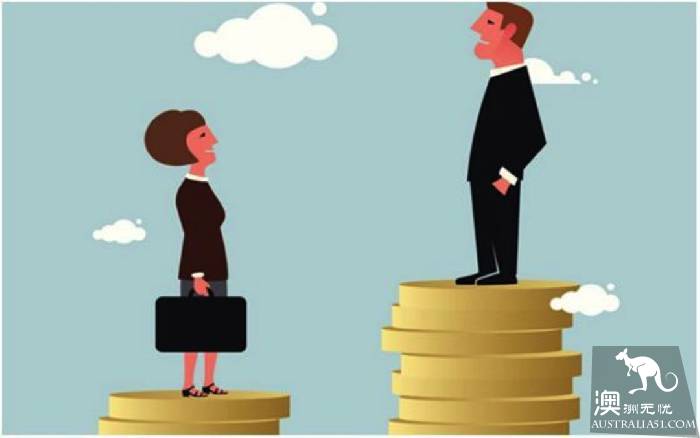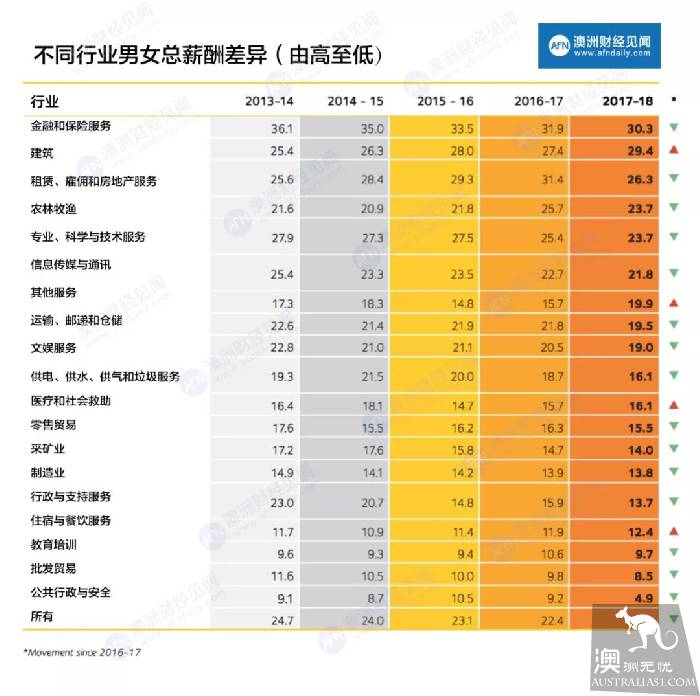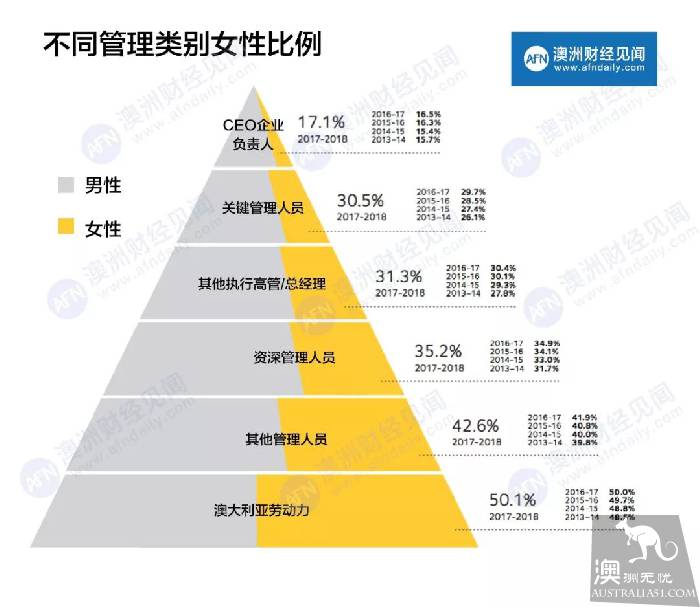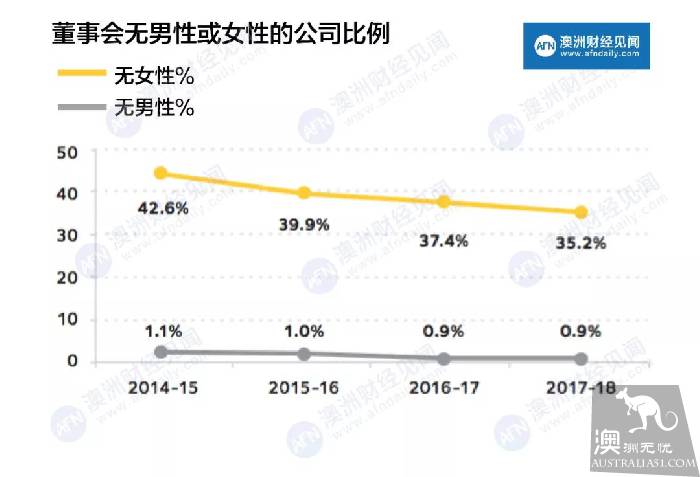preface
On Nov. 18, a video of a new oriental founder, Yu Minhong, who appeared to be making a public speech "insulting" a woman, was posted online.
In the video, when it comes to the direction of change education, Yu Minhong gives an example: "if all Chinese girls look for a man's standard, this man must be able to memorize Tang poetry and Song ci, then all men in China will memorize Tang poetry and Song ci thoroughly;" If all the girls say that Chinese men want him to make money, as for whether his conscience is good or not, I don't care, then all Chinese men will become bad conscience, but the man who makes a lot of money. This is now the criteria for selecting men for Chinese girls. "
Then, Yu Minhong's conclusion became the trigger for this wave of public opinion. He concluded: "so, in fact, whether a country is good or not, we often say that in women, this is the reason. Now it is the depravity of women that leads to the degradation of the whole country. "
As soon as the video out, immediately caused many netizens resentful and abusive sound.
Equality between men and women seems to have been a problem for a long time. Despite all the improvements in women's status, many unequal treatment of women is not the only one.
What is the situation of equality between men and women for us who live in the southern hemisphere? Recently, Australia's workplace gender equality agency, (WGEA), released its latest report. The report shows that the wage gap between men and women working full-time in Australia is at its lowest level in nearly five years.
However, despite the improvement in the gender-specific wage gap, men still earn an average of A $25,000 more per year than women.
Equal pay for Men and Women
The Australian Workplace gender Equality Agency, (WGEA), recently released a gender-specific pay report for FY2017 / 18. First, the report tells us that the income gap between men and women in Australia has narrowed.

According to statistics, Australia's income gap between men and women has narrowed by 1.1% over the past year. It was the biggest drop since a record five years ago.
At the same time, female employees are getting more and more attention.
For example:
Women account for 39.1% of all current managerial positions.
Last year, 43.3% of all management positions were promoted to women.
Women accounted for 17.1% of CEO, up 0.6% from the previous year.
The proportion of female board members reached 25.8%, up 0.9% from the previous year.
In addition, a growing number of companies have begun to analyse the income gap between men and women and implement policies that have increased from 24 percent in 2013 to 41.6 percent in 2017.
Companies that target equal pay for work of equal value in pay policies have also increased by 22%. All this shows that enterprises are paying more and more attention to the issue of equal income for men and women.
At the same time, however, there is bad news: Australia's income gap between men and women is still widespread in all sectors, and some have become serious.
According to the government, Australia's current income gap between men and women is 21.3 percent, or 21.3 percent higher for men than for women. In terms of wages, men earn an average of $25717 per year more than women.
At the same time, there are several industries in which men's and women's incomes have expanded instead of shrinking. These include: construction, health and social assistance, catering services, and other services industries (including private family employees, non-discriminatory goods and services, family service activities, etc.).
2. The largest difference in pay between men and women in the financial and insurance services industry
Gender difference in income by Industry-Total compensation
Overall, there is a gender gap in total pay across all Australian industries, and there is no exception to the fact that men generally earn more than women.
Specifically, the financial and insurance services sector is the industry with the largest difference in total pay between men and women.
The industry's total pay gap between men and women was 30.3%. Nevertheless, since 2013 / 14, the gap has shown a trend of narrowing year by year.
Construction came in second with a 29.4 percent pay gap for men, replacing the previous rental, hiring and real estate services. It is worth mentioning that the latter narrowed the overall pay gap between men and women to 26.3 percent, a 5.1 percentage point decline, which narrowed the largest gap between men and women in all sectors.
In contrast, the pay gap between men and women in the health and social assistance sector, which is heavily staffed by women, has widened significantly in recent years, from 14.7 percent in 2015 / 16 to 16.1 percent in 2017 / 18.

Gender difference in income by sector-average amount
Although men earn more than women in all industries, the numbers vary from industry to industry.
For example, the overall pay gap between men and women in the financial, insurance, construction, and rental, employment and real estate services sectors is significantly different from the basic pay gap. The reason is that there are obvious differences in income structures such as bonuses and commissions in different industries.
As shown in the following table, the gender difference in basic salary (%), the gender difference in average basic salary (amount), and the gender difference in total salary (%) in different industries are obviously different from each other in the total salary gender difference (amount) in peace.

There are still too few female executives!
Overall, Australian executives still have the absolute advantage of men. Nevertheless, we have seen a consistent increase in the proportion of women in all management positions compared with 2013 / 14.

In addition, women continue to grow too slowly on boards and regulatory bodies.
Statistics show that in fiscal year 2017 / 18, the proportion of female directors was only 25.8%. Up 0.9 percent from 2016 / 17. In the same period, the proportion of female chairpersons was only 13.7%, the same as the previous year. It is worth mentioning that 35.2% of corporate boards do not have female directors. By contrast, the proportion of companies without male directors is only 0.9%.

For non-managerial positions, women account for 51.4%, mainly in traditionally female-dominated jobs.

Has there been a change in the welfare of women?
As we all know, because of the different physiological structure, women have to bear the responsibility of having children at the same time.
As Australia continues to improve the issue of "unequal pay for equal work" between men and women in recent years, what are the changes in the working environment, maternity leave, child-care benefits and other benefits for women?

1 paid maternity leave / maternity leave allowance
The number of employers offering paid maternity leave rose 1.8 percent year-on-year to 47.8 percent in fiscal year-on-year 2017, according to the latest survey. This means that more than 50% of employers still do not offer paid maternity leave other than government.
Of course, the availability of paid maternity leave depends largely on the size of the industry and company.
According to statistics, education and training is the largest proportion of paid maternity leave (79%), followed by finance and insurance services (73.2%).
In terms of size, 74% of large companies with more than 5000 people offer paid maternity leave or maternity benefits. By contrast, only 42% of companies with fewer than 250 employees.
On average, the average paid maternity leave lasts 10.3 weeks.
2. Parental benefits
The statistical results show that the number of enterprises with formal welfare policies and / or strategies increases steadily for employees with family or minor child rearing responsibilities.
According to statistics, for the first time in the past three years, the proportion of companies providing non-leave childcare facilities for employees increased to 53.7 percent.
3 domestic violence
Overall, more and more companies are starting to support employees who are victims of domestic violence.
According to statistics, in FY17 / 18, the number of Australian companies with official policies and strategies for victims of domestic violence rose 3.8 percent year on year to 46.9 percent.
In terms of industry, the power, gas, water and waste treatment industries grew the most year-on-year, rising 16.2 percent to 63 percent. This was followed by health and social assistance (7.7% year-on-year growth to 59.4%).
In addition to official written policies, about 85.4 percent of companies provide other forms of support to employees who have suffered domestic violence, up 3.5 percent from the same period last year.

5. Equal pay for men and women: a long way to go
These figures show that despite Australia, an open, civilized and developed country, the gender pay gap is still a widespread problem. This reflects the fact that women's jobs are traditionally undervalued and that women usually earn less than men.
Ibby Lyons, director of WGEA, said: "in every occupation and industry in Australia, the average full-time wage for women is lower than for men."
Similarly, a 2016 analysis of gender pay ratios by (KPMG), a KPMG firm, found that while the gender pay gap is an "imperfect measure", more needs to be done to improve equality of opportunity in the workplace.
In fact, Australia is not alone. Recently, the World Economic Forum (World Economic Forum) estimated that at the current rate, it would take another 170 years to narrow the global pay gap between men and women.
The drivers of understanding the gender pay gap are complex. They include a wide range of factors, including human capital and skill endowments, level of education, on-the-job training and certification, work experience and tenure. Importantly, however, they also include labour market discrimination-because of gender, values and culture, individuals with the same skills may face different income potential and employment opportunities.
In other words, to solve the problem of equal pay for men and women for equal work, achieving equality between men and women in the workplace is still a long way to go.
END
For a long time, we have been advocating equality between men and women, equal pay for equal work is one of the key points.
With the progress of the times and the improvement of the status of women, we are looking forward to the prospect of equal income for men and women.